 |
.gif) |
Extended Fragility
Description:
Cargo can be fragile or not fragile. No reasonable worker would put a tray of bricks on a box of fine china. He/she understands that the china would be crushed. How does one explain this to the software, that it cannot set bricks on china? The simplest and most comprehensible method for the software is to designate Stacking constraints in Kg, which relate how much weight a box can handle. One can designate, say, 5 Kg for a cardboard box full of china, and unlimited amount for the tray of bricks. This means that during loading calculations the sum of the weights of all the boxes stacked on top of the box with china will not exceed 5 Kg, but everything will be loaded on top of the bricks without limit. The safety of the cargo will be observed. Everything is simple, except for one issue: how often do we know the maximum pressure that a box can take from above? Generally, such information is not found on the boxes and is unavailable to us. How else then, can we assign a level of fragility to our goods? Two additional ways of assigning fragility come to our rescue: “Max Stack” and “Fragility Level”.
The use of these constraints during loading plan calculation can be quickly turned on/off in the Algorithm parameters window
.
Warning! Conditions for fragility constraint “Stacking constraints in Kg”, “Max Stack”, and “Fragility Level” can be employed simultaneously. During loading plan calculation, each one of them will be considered.
Max Stack:
Quite often cargo items are marked with a “limit on number of layers in stack” or something similar. This designates the maximum number of identical cargoes that can be stacked on one another, where n is the maximum amount. This is the information that needs to be entered into the “Frag.” of cargo field. In this case, the height of the stack of items of this type will not exceed n items.
Other SKU may be stacked above this stack, if they satisfy the conditions of “Stacking Limits in kg” and “Levels of stacking”.
Available settings:
- “Max Stack” = 0 or left blank – there is no fragility constraint (on placement of other objects atop it) on the items.
- “Max Stack” = 1 – means that no other cargo items can be placed above this item;
- “Max Stack” > 1 – means that no more than (n-1) items of the same SKU can be placed on top of the given item (in other words the full height of the stack will be no more than n items);
Required/optional:
- Optional
Input type:
- Positive whole number integer or left blank
Default:
- Left blank
Fragility Level:
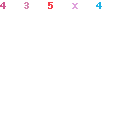
In the case that neither the “Stacking Limits in kg” nor the “Max Stack” is available, “Fragility Level” may instead be used to designate fragility. Fragility Level are determined but use of common sense. Imagine a layered cake. Let us call the lowest layer, “level 1”. The next layer above it is “level 2” and so on. Each successive layer has a number one higher than the level below it. The levels of fragility for cargo are entered in the same way. One must keep in mind that:
- several types of different cargo can belong to the same level;
- cargo of a lighter level (of a higher number) can be placed on top of any of the heavier levels (of a lower number). In other words, cargo from level 4 can be placed equally well on cargo from levels 1,2,3,4, or on the floor;
- cargo within a single level can intermix. Conditions of fragility of cargo within a single level have to obey the conditions for maximum pressure from above and conditions for stacking.
Available settings:
- “Level” = 0 or left blank- cargo has a level of 0, in other words, items from any other level may be placed on top of it
- “Level” > 0 – Fragility Level
Required/optional:
- Optional
Input type:
- Positive whole number integer or left blank
Default:
- Left blank


